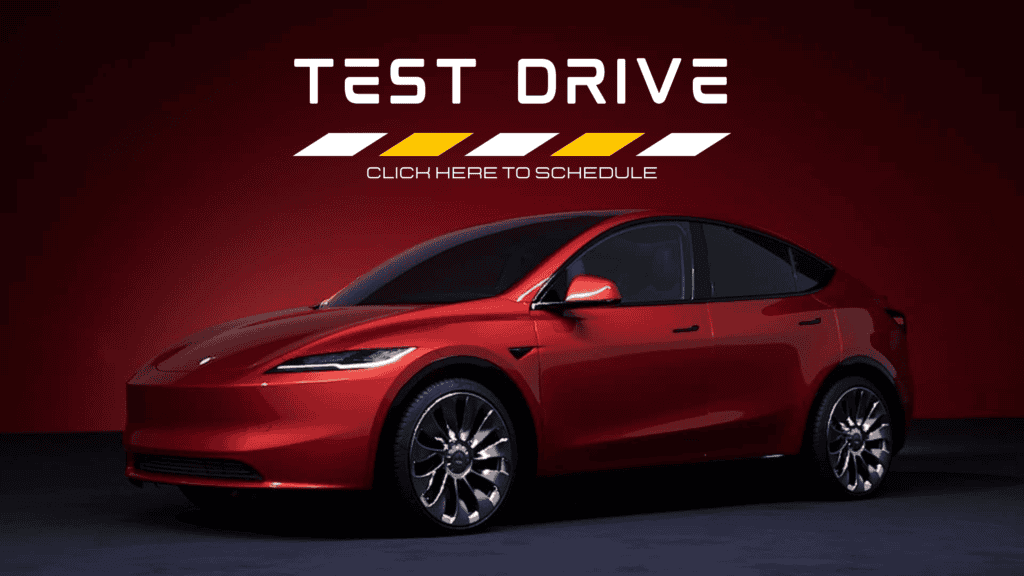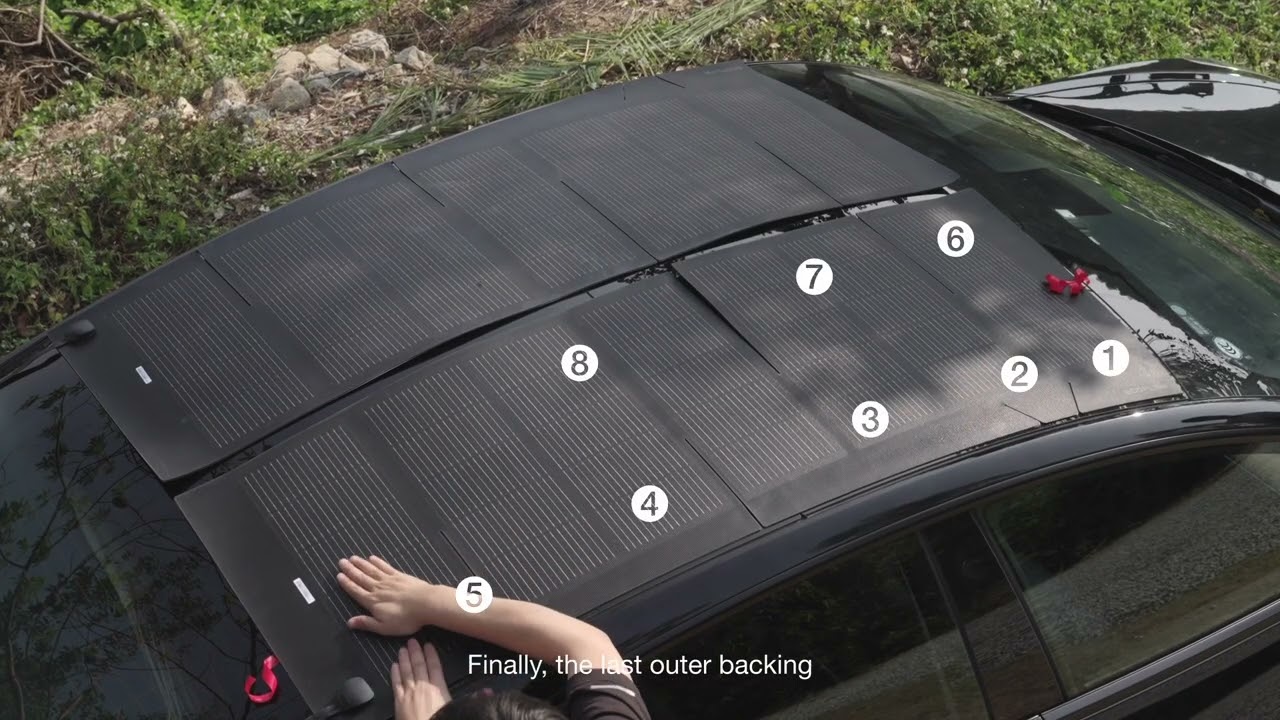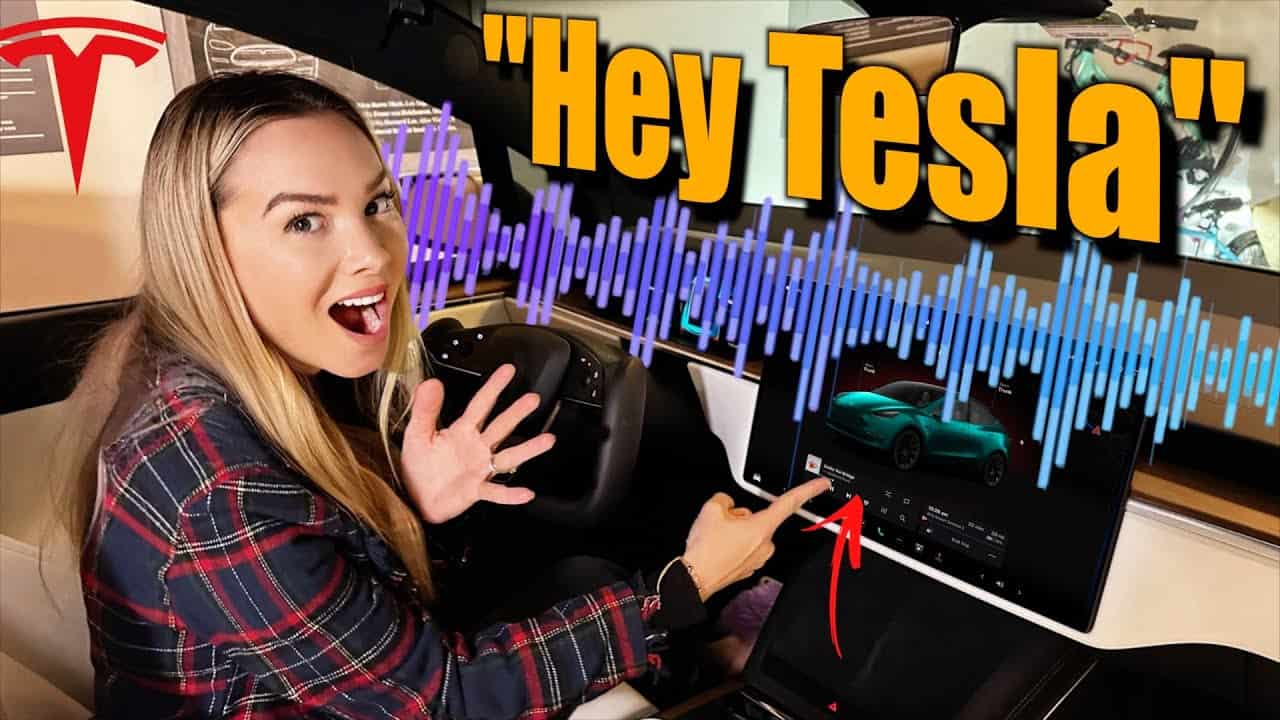Tesla’s journey in revolutionizing transportation took another giant leap forward with the recent announcement of their latest vehicle. However, this new entry is not just another car; it’s a Robotaxi, designed to fully embrace autonomous driving technology. Here’s a breakdown of what this means and why it’s a significant development in the automotive world.
The Path to $25,000 EVs
Back in 2020, during Tesla’s widely publicized Battery Day, Elon Musk first hinted at a more accessible $25,000 electric vehicle (EV). This vehicle was to leverage advancements in battery technology, particularly the 4680 battery cells, which promise to reduce costs significantly. The goal? To produce a mass-market EV that could become a cornerstone in Tesla’s lineup, akin to the Model 3 and Model Y.
A Bold Vision for Full Autonomy
Elon Musk has been vocal about his vision for fully autonomous vehicles. He’s promised a future where cars could travel across continents without human intervention. For instance, envision a car driving itself from New York to Los Angeles without a human behind the wheel. While we haven’t reached that level of autonomy yet—despite Musk’s optimistic timelines—the ambition is clear.
Tesla’s approach to achieving this is quite different from others in the field. Instead of relying solely on pre-mapped routes, Tesla aims for a system that can handle any situation it encounters, thanks to massive data collected from its fleet of customer vehicles. This ambition led to the rollout of the Full Self-Driving (FSD) beta in 2020, a significant upgrade to their autonomous technology, which was initially available to a select group of beta testers.

No Steering Wheel? No Pedals?
The most radical aspect of Tesla’s forthcoming Robotaxi is its design: it might come without a steering wheel or pedals. This design philosophy aligns with Musk’s ultimate goal of a car that doesn’t just assist in driving but takes over the driving entirely. The idea is that these vehicles would not be personal cars but part of a fleet of autonomous taxis, navigating the urban sprawl without human drivers.
The Reality and The Road Ahead
While the concept of a fully autonomous Robotaxi is exciting, it also brings up numerous questions about feasibility, safety, and regulatory approval. Current advancements in autonomous technology, even with Tesla’s aggressive push, have not yet reached the point where a car can handle all driving conditions without human oversight. However, Tesla continues to press forward, and the introduction of a Robotaxi could significantly impact how we think about car ownership and urban transportation.
Tesla’s bold move could redefine the automotive landscape, but as with all pioneering technology, the road ahead will likely be filled with both milestones and setbacks. Whether Tesla can deliver on its promises remains to be seen, but one thing is clear: the future of driving is steering towards autonomy, and Tesla is once again at the helm.




